YouTube's Fandom Report
Earlier this week, I came across a post from Rob Abelow, sharing insights from YouTube’s Culture & Trends Report focusing on the topic of Fandom.
We’re all fans of something, whether it’s a music artist, a physical activity, a show, or a particular topic. However, the reality is there are degrees to fandom. There’s a difference between saying:
“Oh, I like _______”,
“Oh, I love _______! I went to their concert last weekend.”, and
“Oh, I love _______! I’ve been to their concerts 7 years in a row!”
A couple evenings ago, my wife and I were chatting about how we she has documented every comedy show we’ve been to since we started dating. We’ve enjoyed all the shows we’ve been to, but there was one particular comic we’ve seen live 7 times. Basically, every year when he shows up in our area.
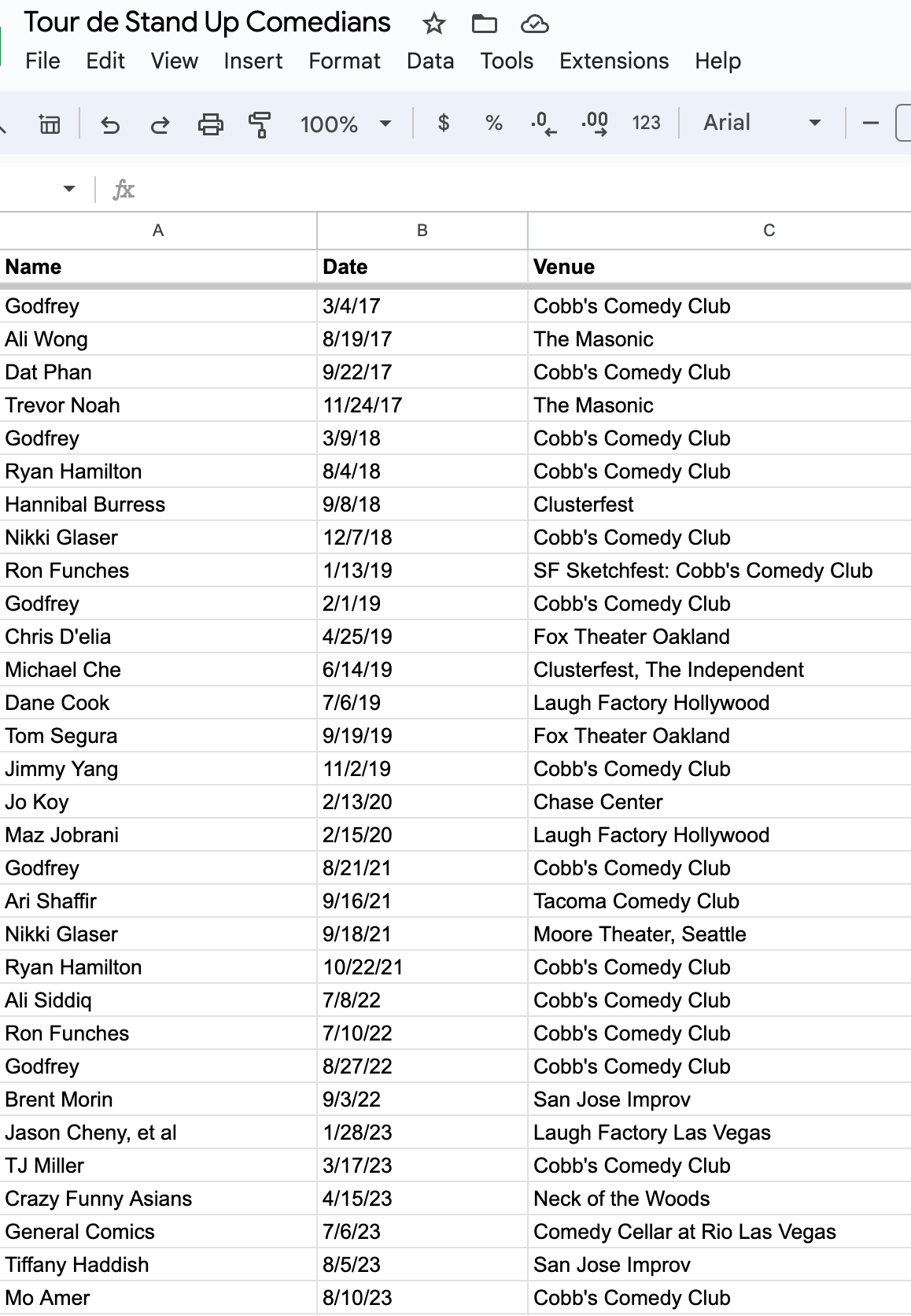
YouTube’s Fandom Report breaks this concept down more concretely into 4 categories, focusing on Gen Z:
Casual fan: Someone who sometimes engages with the person or thing they’re a fan of
Big fan: Someone who engages in the important moments and regularly spends money on that fandom
Super fan: Someone who engages regularly, participates in the fandom community, and goes out of their way to be a fan
Professional fan: Someone who earns revenue from a fanship
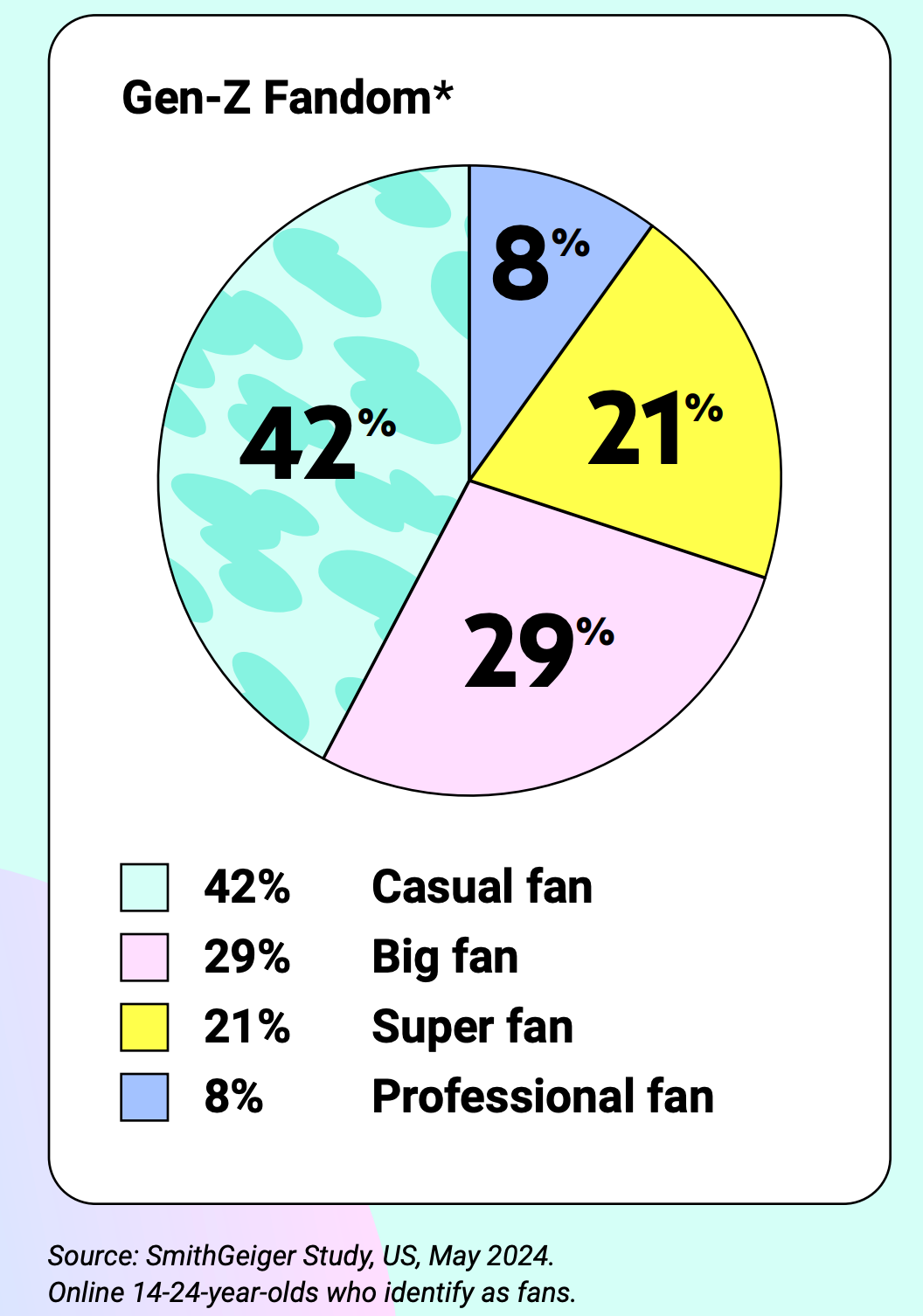
The Internet has become the ultimate distribution platform for creators and communities, allowing fans to graduate from casual consumers to active creators, making fandom a symbiotic ecosystem.
This tiered fandom model applies to onchain communities and content as well:
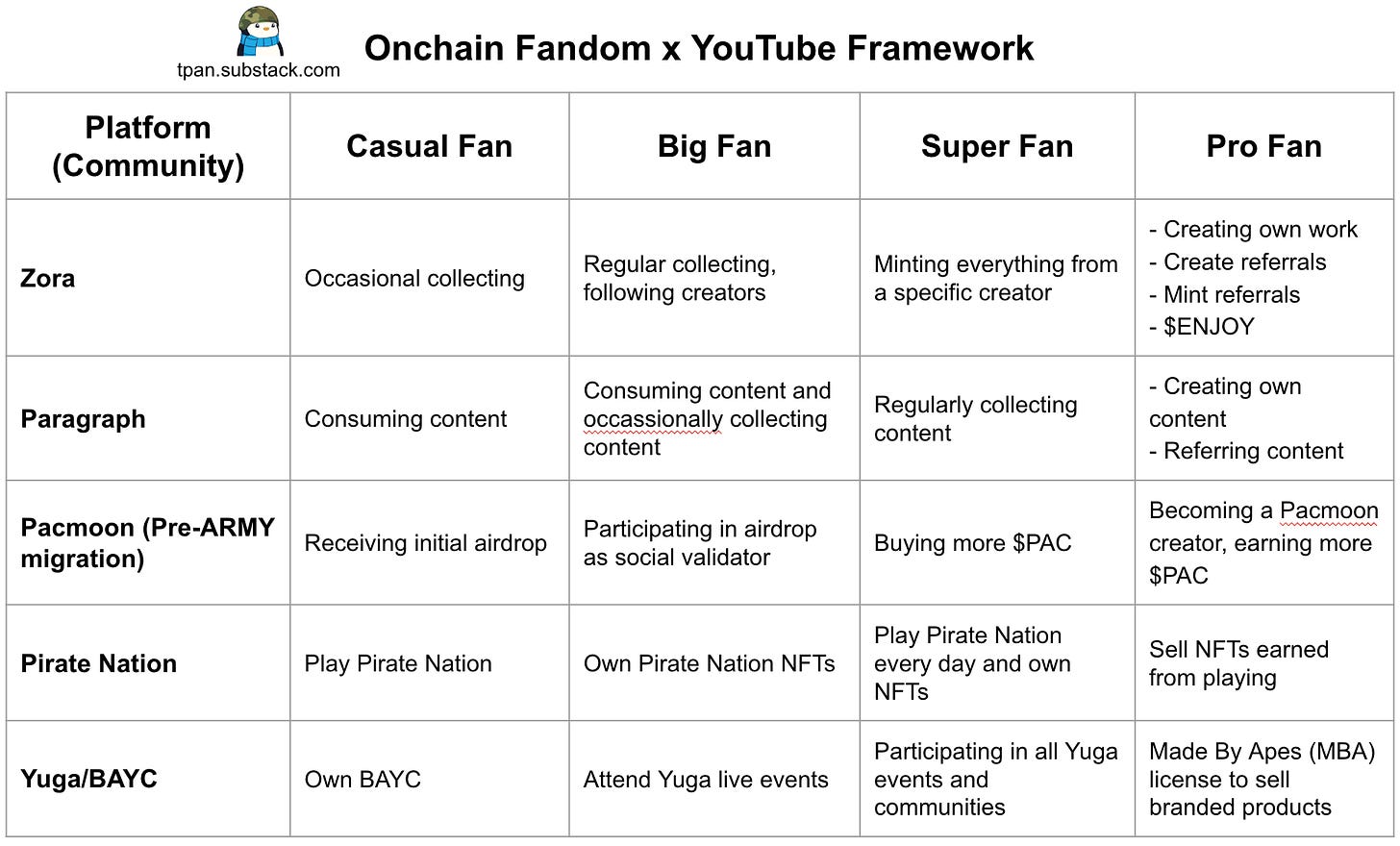
In reality, the above chart is inaccurate. YouTube’s defining characteristic of a Pro Fan, monetization, is available across all tiers of fans instead of being a distinct category (there's levels to it of course, that’s not the point though).
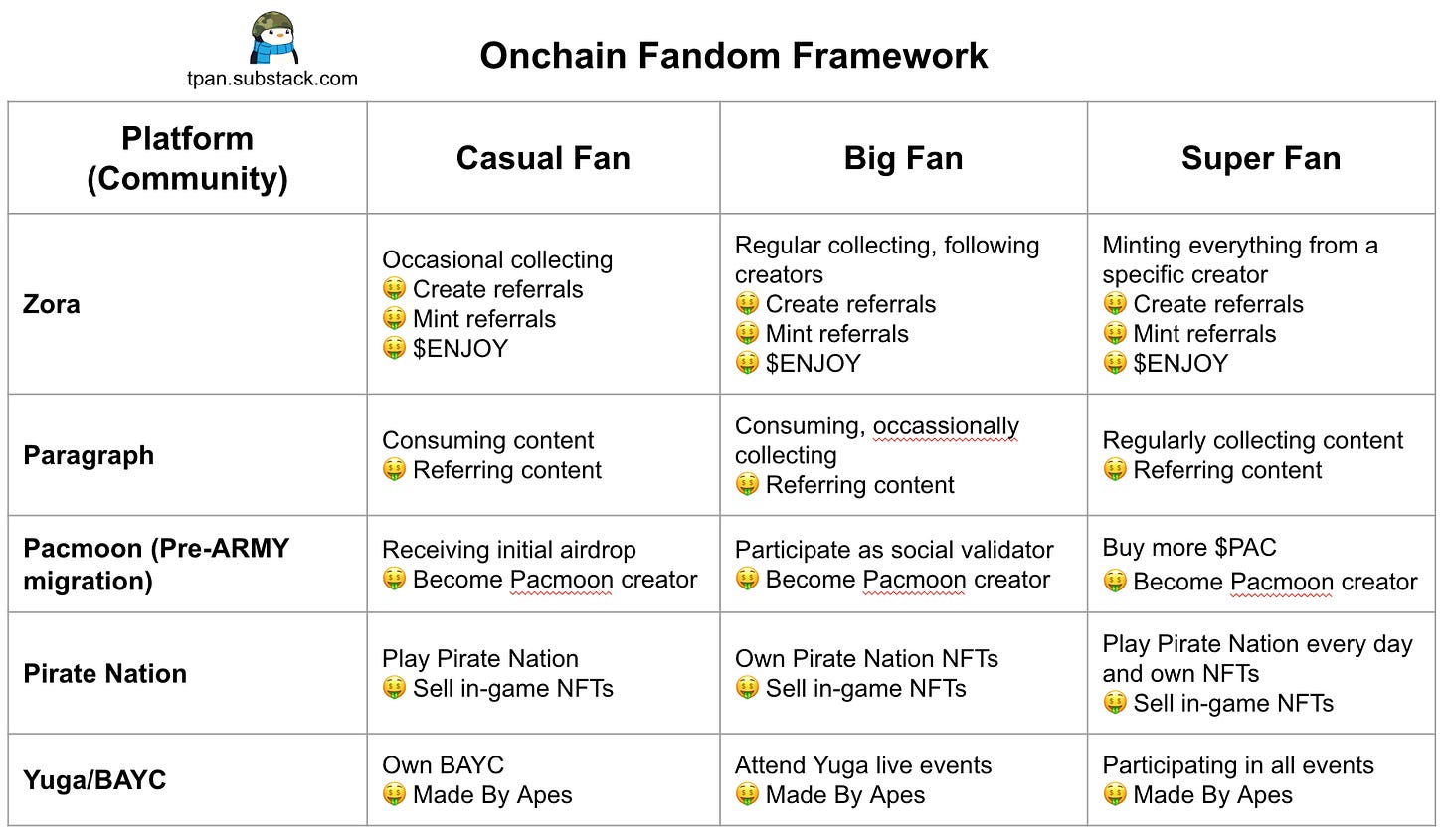
The referral incentive is the clearest example of this, where we can all become lightweight versions of a Pro Fan without turning it into a full-fledged affiliate business. We recommend products, books, and shows to each other, and now we can be rewarded for actions we would’ve done anyway.
And if you’re a creator, chances are you want everyone to be a pro fan as a way to thank them for their support and being a part of the journey. Fortunately, that can be baked in more seamlessly than before with smart contracts.
Are you a fan of something? If so, share or subscribe!
Doodles Certified Viral and Dune Mint Moments
Yesterday, Doodles introduced Certified Viral, releasing mintable versions of their viral social content every Wednesday on Zora. The pieces available at an affordable 22 cents and there’s been 49k mints since the announcement.
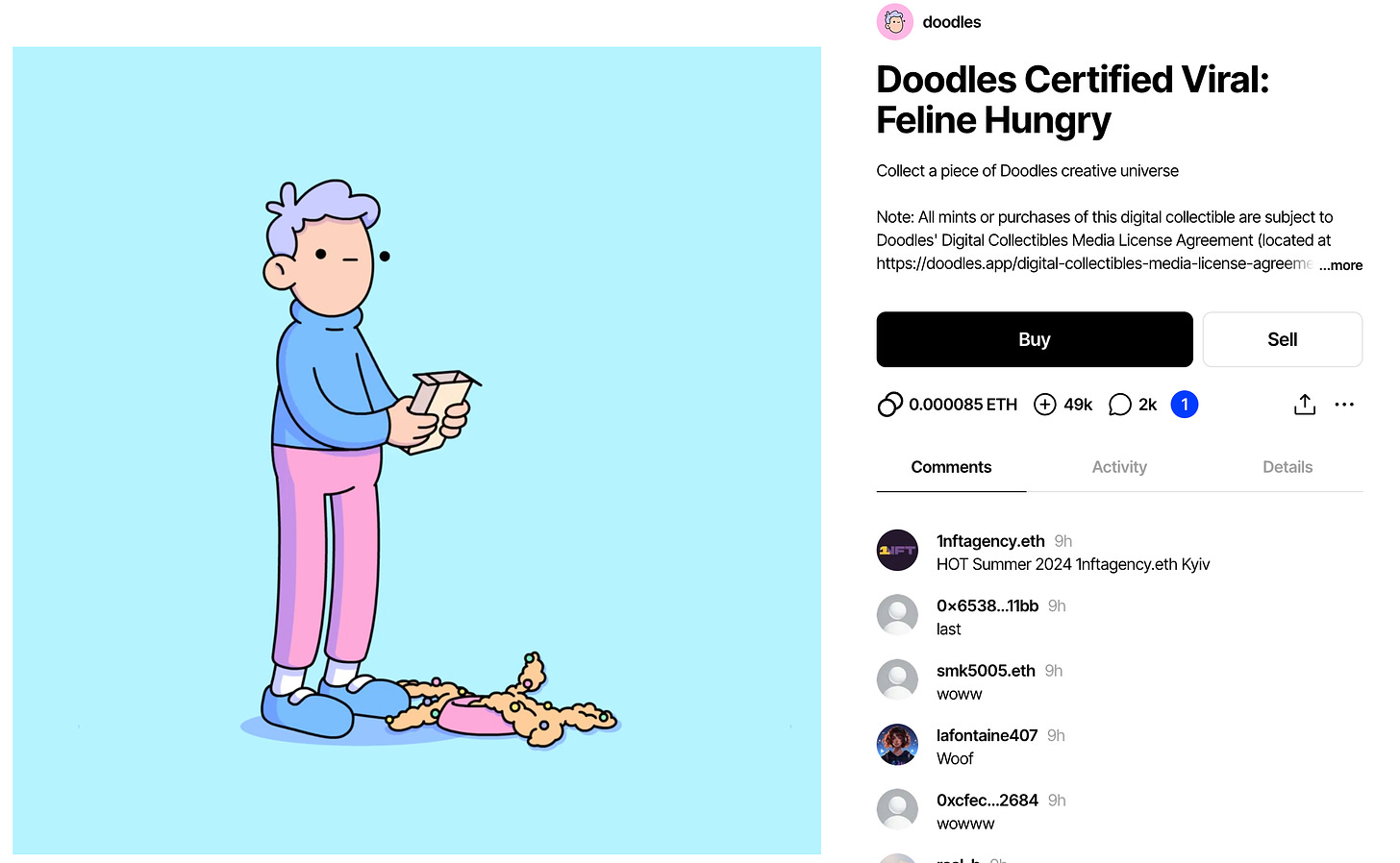
This initiative is the first I’ve seen from a larger onchain native IP brand and feels like it may become a trend for the larger onchain brands with a strong social game. Why?
Proliferates the brand, onboarding new fans
A mintable version of the content gives the original content new life. Feline Hungry was originally published in November 2, 2023 on YouTube
Serves as another (minor) revenue stream. This isn’t the most important factor, but Doodles has earned 2.7 ETH (~$7k) so far.
Expands their onchain CRM through the introduction of a new collection
Provides a new way to reward top collectors, eg: airdrop special editions or top collector exclusives
The Doodles team probably has around 6 month’s worth of Certified Viral content depending on how they define viral, plus they keep churning out bangers as they’ve refined their craft.
On the other end of the spectrum
Dune Analytics introduced Mint Moment, letting users mint data visualizations as NFTs.
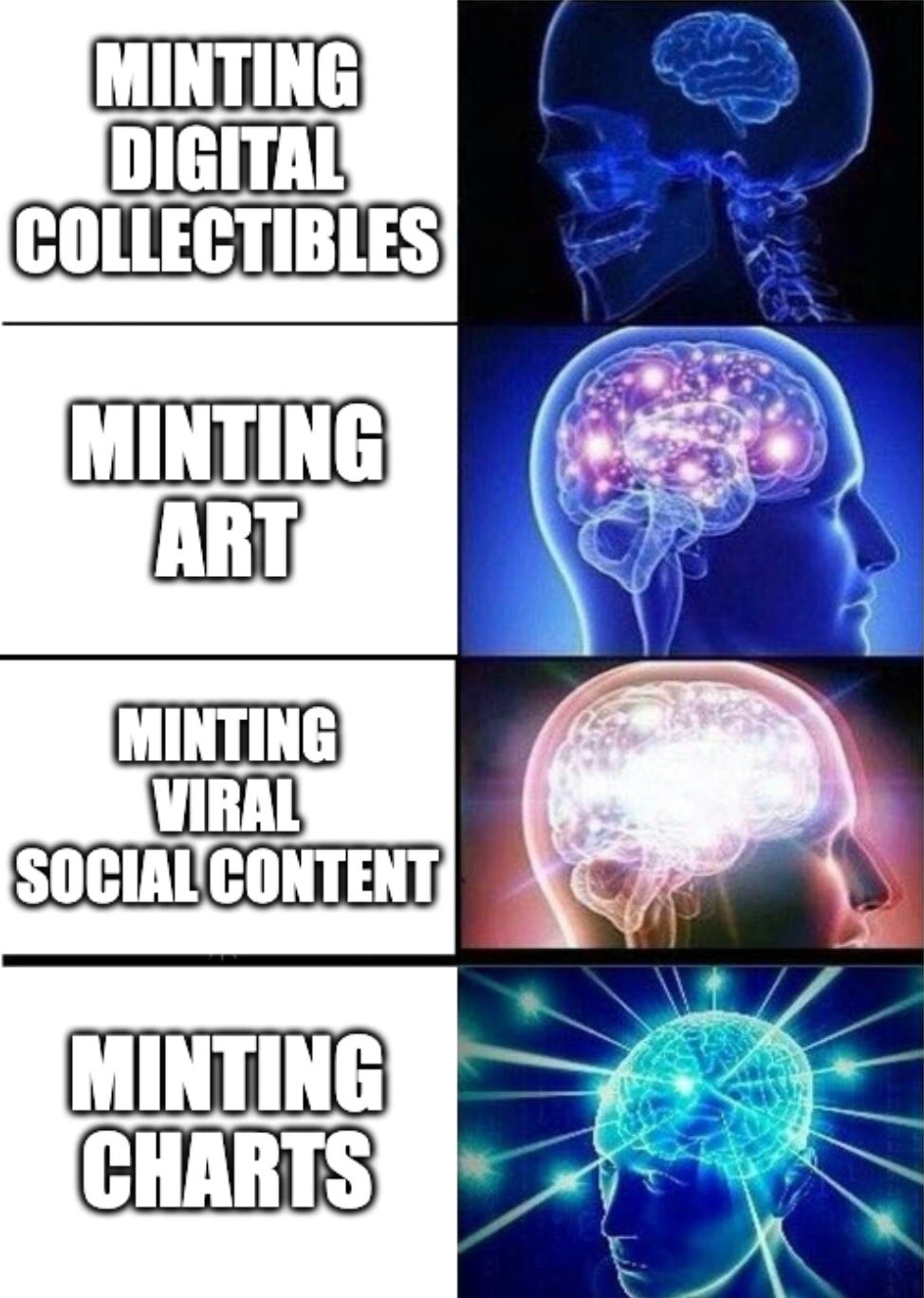
Not gonna lie, when I first read about it I almost let out a snort. However, as I let the idea sink in it made more sense.
First of all, data analysts are creators as well, so why shouldn’t their content be collected if it’s good? The canvas is the query editor, the paintbrush is the keyboard, and the medium is the type of visualization.
And as we’ve seen with the evolution of NFTs beyond digital collectibles, they can memorialize moments in time. Companies do this in a fleeting way when they celebrate milestones or hit record numbers. So instead of physically framing these moments, they can be minted digitally and every team member can have a memento of the occasion.
For example, if Polymarket wanted to celebrate today’s milestone of hitting an all-time high of daily active traders, they could do that on Dune while also giving Richard Chen a token of appreciation for creating the dashboard tracking Polymarket stats.

Minting media and content as NFTs is a behavior that some of us are already comfortable with, but with the reality that anything can be minted as a NFT, we’re starting to find new contexts where that makes sense.
Want to chat about something I've written before? I like to connect with my readers.
Magic Eden Foundation announces $ME
Earlier today, Magic Eden announced $ME, a token for their ecosystem. Woohoo, another airdrop!
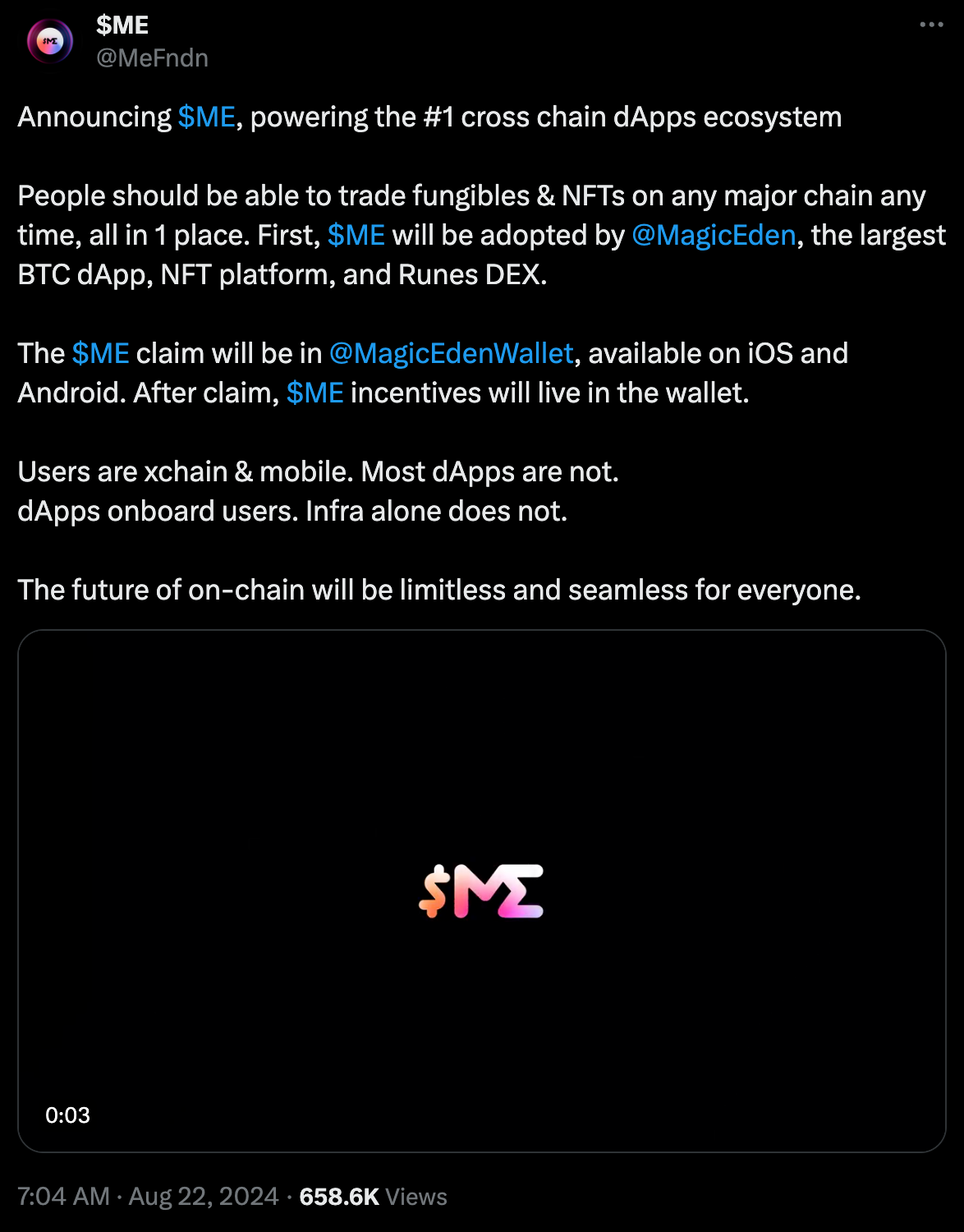
What stuck out to me was this line:
The $ME claim will be in Magic Eden Wallet, available on iOS and Android. After claim, $ME incentives will live in the wallet.
Mirroring some elements from the Blast TGE a couple months ago, we’re going to projects make the most of this moment more as they dangle a juicy carrot in front of their users.
In this scenario, users will have to download the Magic Eden wallet in order to claim the airdrop. I expect these situations to become more complex and incorporate more requirements.
For now, downloading an app to receive your airdrop is a good deal. It’s certainly better than getting a free large fries from downloading the McDonald’s app, although as that sounds tasty right now…🍟
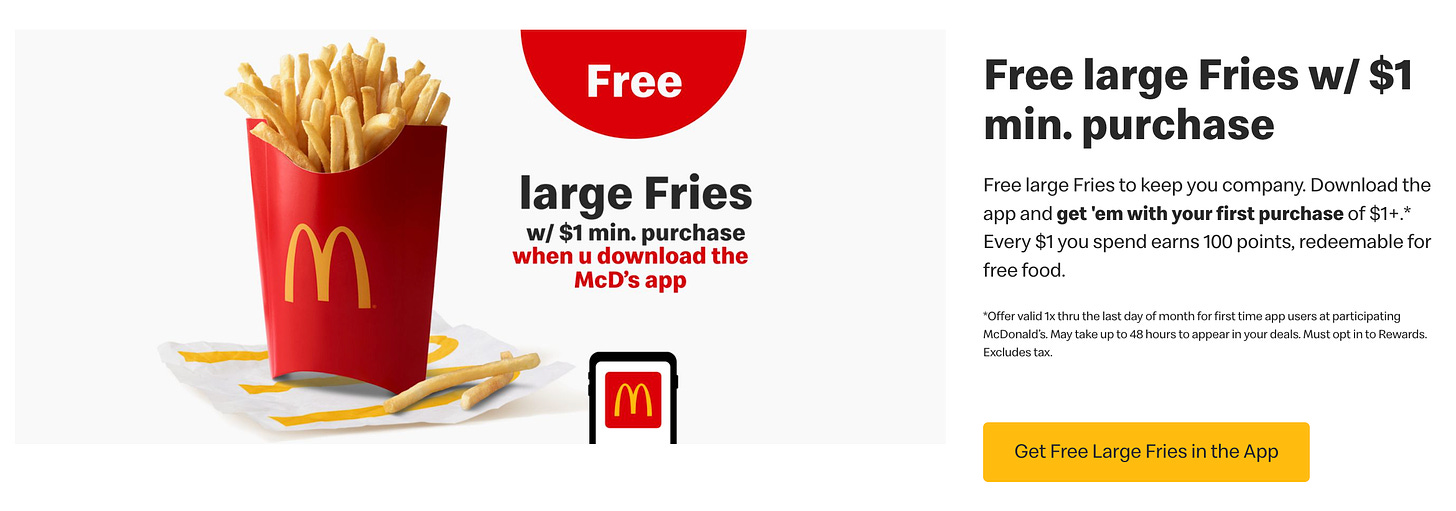
See you next week!
